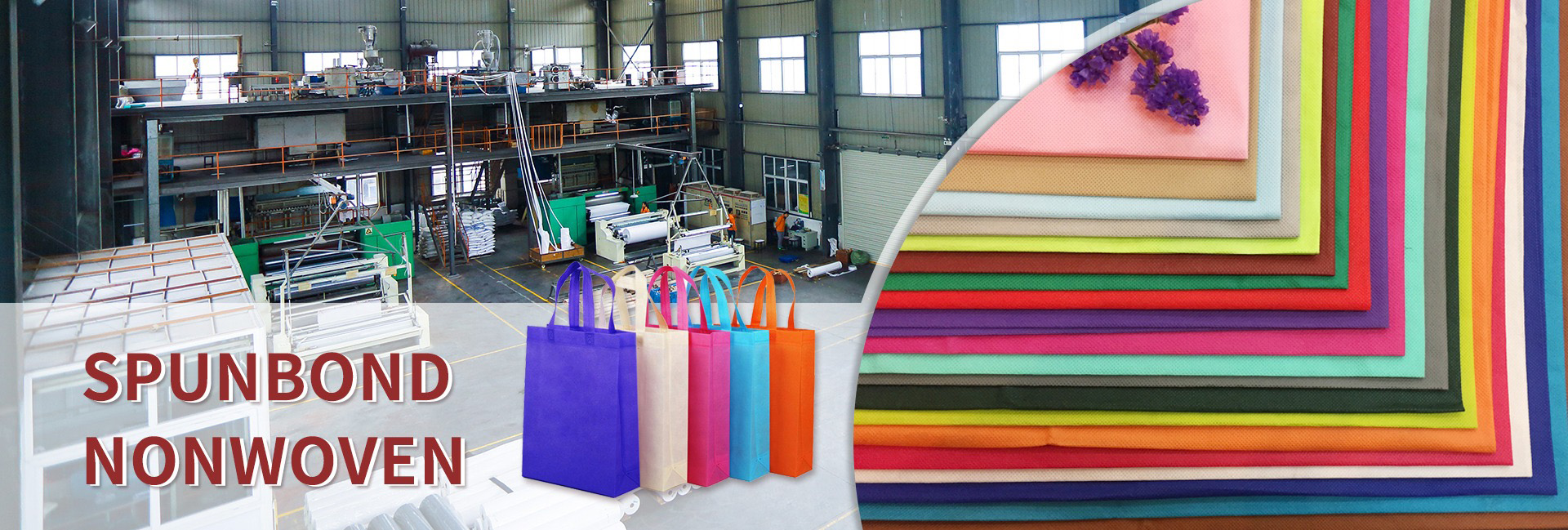Non-woven fabric and felt fabric are both types of nonwoven materials, meaning they are not produced by weaving or knitting. However, they differ in their production processes, properties, and applications. Here’s a detailed comparison:
Definition and Composition
- Non-woven Fabric:
- A broad category of fabric-like materials made by bonding or interlocking fibers (synthetic, natural, or a blend) using mechanical, thermal, or chemical processes.
- Examples of fibers used: Polypropylene, polyester, nylon, rayon, or cotton.
- Felt Fabric:
- A specific type of non-woven fabric made primarily from wool or animal fibers, though synthetic fibers (e.g., acrylic) can also be used.
- Felt is created by matting, condensing, and pressing fibers together.
Production Process
- Non-woven Fabric:
- Fibers are laid in a web-like structure and bonded using:
- Heat bonding (melting fibers together).
- Chemical bonding (using adhesives).
- Mechanical bonding (using needles or water jets).
- The process is fast, cost-effective, and scalable for industrial use.
- Fibers are laid in a web-like structure and bonded using:
- Felt Fabric:
- Fibers are matted together using moisture, heat, and pressure (a process called felting).
- For wool felt, the natural scales on wool fibers interlock when agitated with heat and moisture.
- Synthetic felt is made by needle-punching or chemical bonding.
Characteristics
- Non-woven Fabric:
- Lightweight and breathable.
- Can be designed to be water-resistant, absorbent, or flame-retardant.
- Generally less durable than woven fabrics but cost-effective.
- Often disposable or single-use (e.g., medical masks, wipes).
- Felt Fabric:
- Dense and durable.
- Soft and flexible, with a smooth surface.
- Naturally insulating and sound-absorbing.
- Can be made in various thicknesses and densities.
- Often used for long-lasting products.
Applications
- Non-woven Fabric:
- Medical and hygiene products (e.g., surgical gowns, masks, diapers).
- Agriculture (e.g., crop covers, weed control fabrics).
- Home and lifestyle (e.g., disposable tablecloths, shopping bags).
- Industrial uses (e.g., filters, insulation, geotextiles).
- Felt Fabric:
- Crafts and DIY projects (e.g., decorations, toys).
- Apparel and accessories (e.g., hats, slippers, bags).
- Musical instruments (e.g., piano hammers, drum dampeners).
- Industrial uses (e.g., padding, gaskets, soundproofing).
- Home decor (e.g., rugs, wall hangings).
Key Differences
| Aspect | Non-woven Fabric | Felt Fabric |
|---|---|---|
| Material | Synthetic, natural, or blended fibers | Primarily wool or animal fibers (can be synthetic) |
| Production | Bonded using heat, chemicals, or mechanical methods | Made by matting, condensing, and pressing fibers |
| Texture | Varies (can be soft, rough, or rigid) | Soft, dense, and smooth |
| Durability | Generally less durable | Dense and durable |
| Cost | Cost-effective | Can be more expensive (especially wool felt) |
| Common Uses | Disposable products, industrial uses | Crafts, apparel, industrial uses |
Can Non-woven Fabric Be Felt?
- Non-woven fabrics and felt are both part of the nonwoven category, but they are not the same.
- Felt is a specific type of non-woven fabric with unique properties due to its matting process.
- Non-woven fabrics are more versatile and can be engineered for a wide range of applications, while felt is often chosen for its texture, density, and insulating properties.
Conclusion
Non-woven fabric is a broad category of materials made by bonding fibers, while felt is a specific type of non-woven fabric made by matting and pressing fibers (often wool). Non-woven fabrics are lightweight, versatile, and often disposable, whereas felt is dense, durable, and commonly used for crafts, apparel, and industrial applications. Both have unique properties that make them suitable for different uses.
Dongguan Liansheng Non woven Technology Co., Ltd. was established in May 2020. It is a large-scale non-woven fabric production enterprise integrating research and development, production, and sales. It can produce various colors of PP spunbond non-woven fabrics with a width of less than 3.2 meters from 9 grams to 300 grams.
Post time: Feb-08-2025

